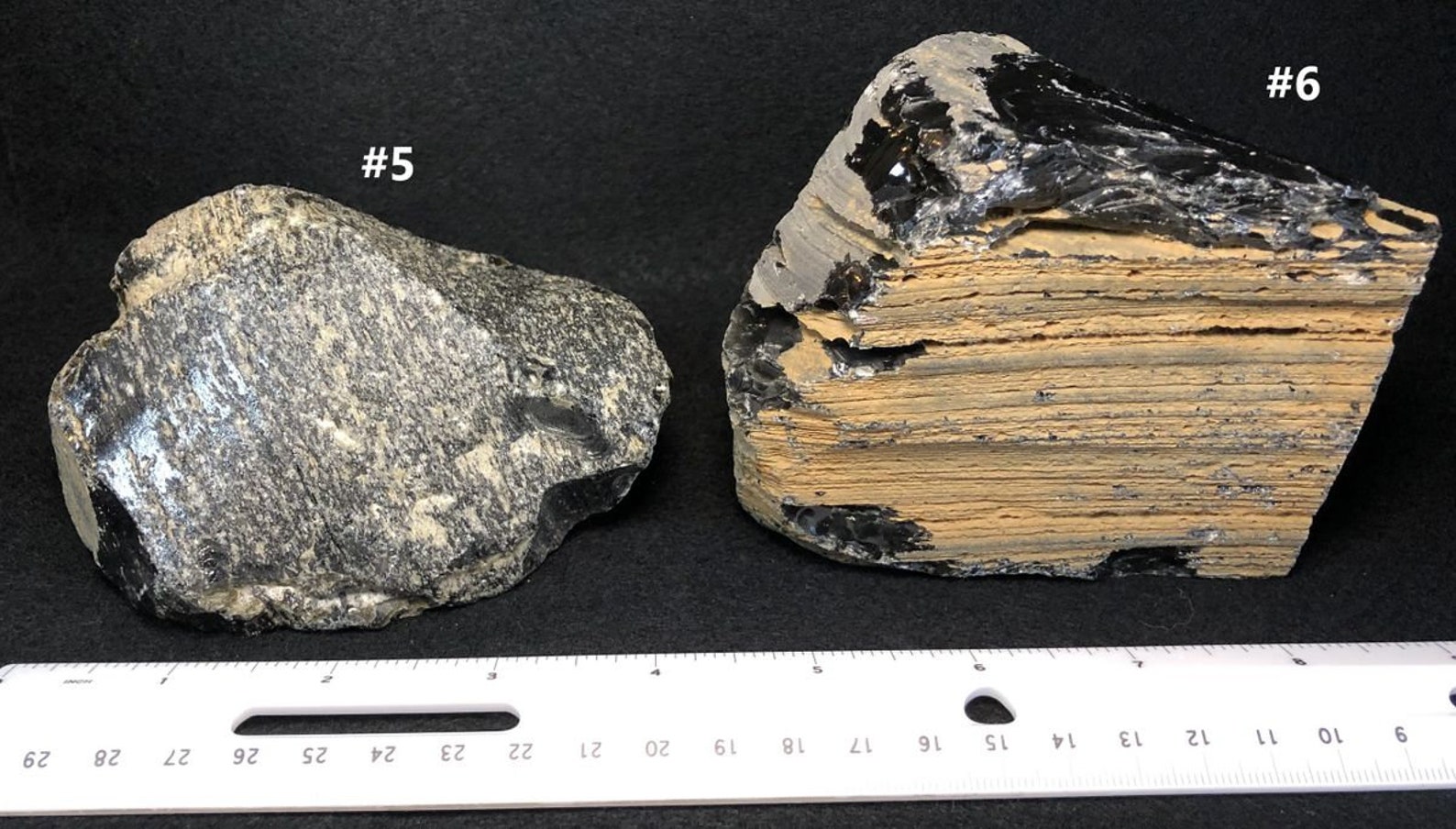

It is this time-dependent hydration process that forms the basis of OHD.Īlthough obsidian is a comparatively rare material, its excellent flaking properties have resulted in it being widely distributed. Obsidian is under-saturated with water and over time equilibrium is restored by the slow diffusion of water into the obsidian to create the hydrated material called perlite. All glasses are unstable and eventually devitrify. Obsidian is formed when rhyolitic magma with a low gas and water content quickly cools to form a solid without the time for a crystalline phase to develop, creating an isotropic glass. Rhyolite is an igneous rock with silica content in excess of 65% SiO 2. Obsidian is a form of volcanic glass produced by rhyolitic volcanism. Sheppard, in Encyclopedia of Archaeology, 2008 Obsidian A noteworthy use of perlite as a filter is in the brewing industry. However, the hydrated obsidian, perlite, is foamed by rapid heating and then used in a variety of modern applications, including use as a lightweight filler or packer in construction, insulation, soil conditioning to increase permeability and drainage, remediation of oil spills, and as a filter. The study of obsidian provides key insights into the fabrication of synthetic glasses, but natural, pristine obsidian is rarely used as a functional item in the modern world.

Various forms of obsidian, such as snowflake and rainbow obsidian, continue to be used today as semi-precious gemstones and made into jewelry and ornamental features. The high-quality knife edge produced by obsidian has led to a small number of medical professionals advocating the use of obsidian blades over modern surgical steel ( Hodgson, 2007). Obsidian knapping continues today as an art form, hobby activity, and reconstructive archeology. Obsidian also featured heavily in some indigenous mythologies and spiritual practices, with some Shamans using large obsidian blades in their ceremonies ( Hodgson, 2007). Obsidian played a large role in many Native American cultures, allowing the production of highly crafted, intricate tools, ranging from projectile points (spear and arrow heads), through to tattooing instruments. In the Americas, however, obsidian use continued into recent history, until indigenous traditions were replaced with colonial technologies. Elizabeth Healey, The University of Manchester.ĭuring the Bronze Age, metal became the choice material for tool production in the Middle East and Europe, and obsidian use dwindled. All photos courtesy of Professor Stuart Campbell and Dr. (E) Bead from Domuztepe, south east Turkey. (D) Incised pendant from Domuztepe, south east Turkey. (C) Drill from Domuztepe, south east Turkey. Obsidian sourced from Göllüdağ East (central Turkey). (B) Arrowhead from Jericho, southern Levant. Obsidian sourced from Nemrut Dağ volcano (south east Turkey). (A) Blade segment from Kenan Tepe, south east Turkey. A variety of archeological obsidian artifacts to illustrate their range of uses. 8), bowls, vases, and beads, with obsidian artifacts being found over 1000 km from their geological source ( Chataigner et al., 1998 Healey and Campbell, 2014).įig. In the Middle East, in particular, obsidian was used to create a variety of “luxury” items, including mirrors (highly polished slabs, Fig. While early obsidian artifacts were limited to basic tools such as scrapers and cleavers, by Neolithic times, obsidian was being used to make a variety of types of artifacts. This illustrates the increasing importance of high-quality obsidian as a raw material in early human societies, as its sharp edges were ideal for the production of cutting tools ( Fig. Provenance studies of obsidian artifacts from the 200 ka Sibilo School Road Site in Kenya show that the source of the obsidian was 166 km away ( Blegen, 2017). By the time modern humans, Homo sapiens, evolved, obsidian was being sourced from far further afield.

2) and was procured from more distant sources. Over time, obsidian usage became more widespread ( Fig. Here, obsidian was readily available close to the site, with the Balchit volcanic dome located seven kilometers away. The earliest obsidian artifacts found so far are from Melka Kunture, a 1.7 Ma Paleolithic site in Ethiopia ( Piperno et al., 2009). Obsidian is one of the few materials used throughout the entirety of human history.


 0 kommentar(er)
0 kommentar(er)
